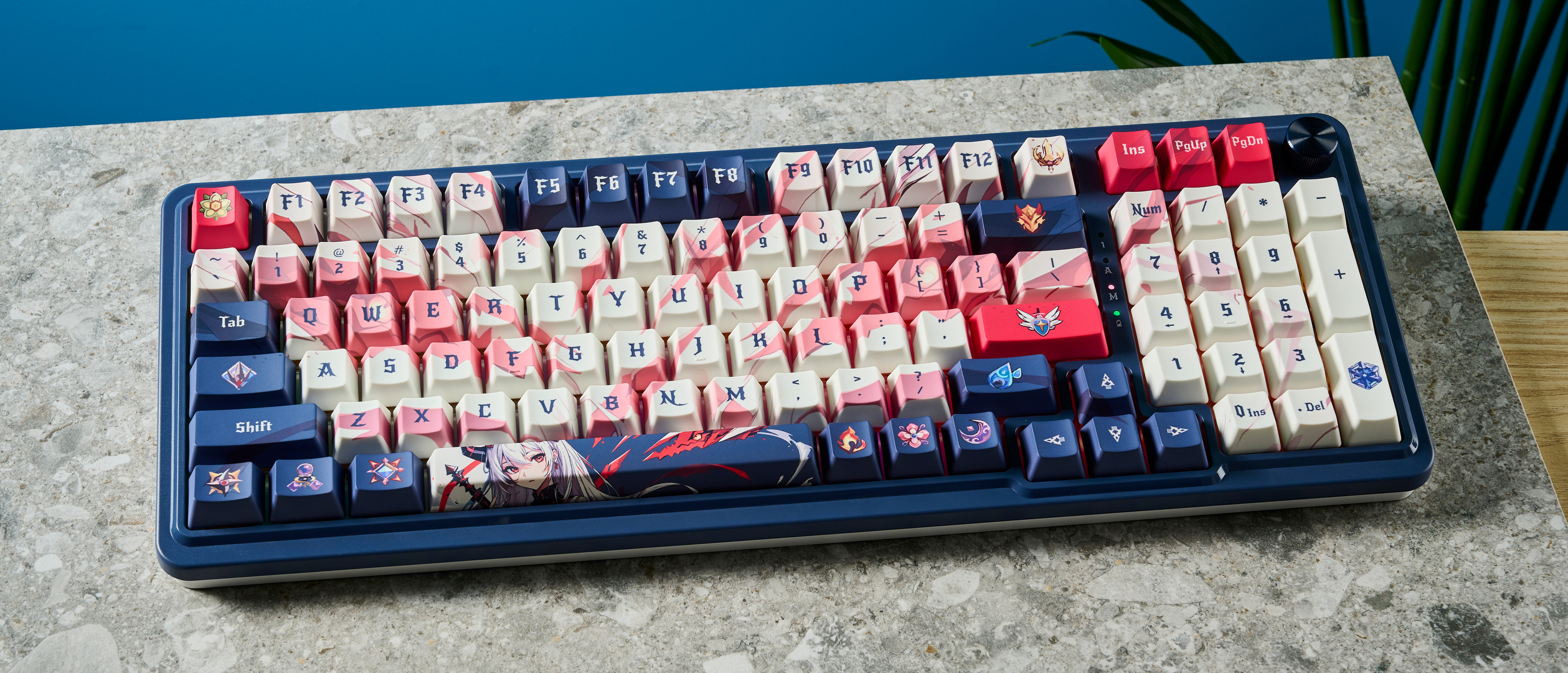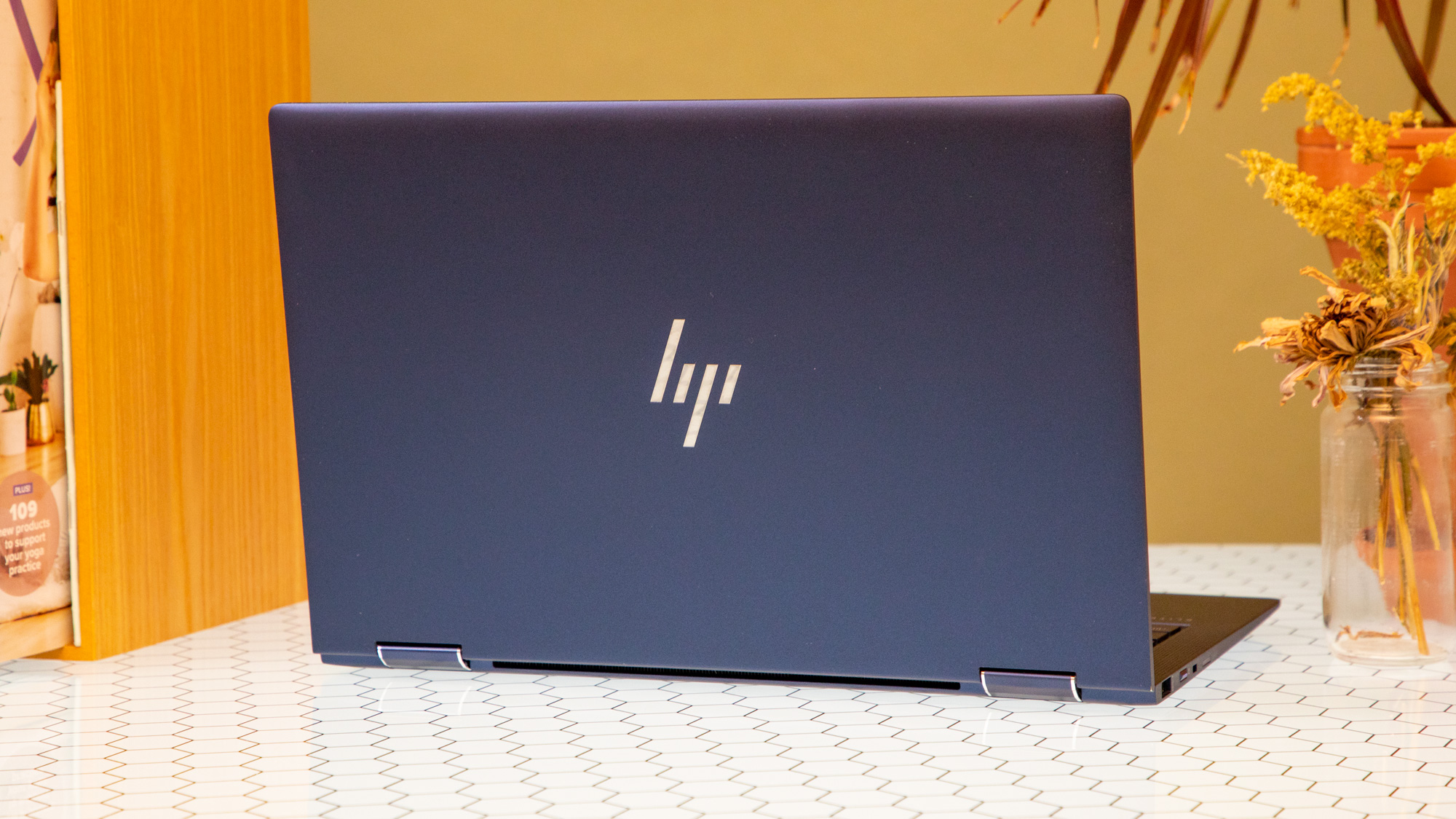Tom's Guide Verdict
The Redragon K686 Pro is a great value board that performs flawlessly and offers amazing gaming performance, on top of a solid set of keys and switches. You will need to try to look past some small issues with the companion app, though, and the anime design may not be for everyone (although it also comes in more traditional color schemes).
Pros
- +
Custom switches
- +
Great design
- +
Long battery life
- +
Cheap
Cons
- -
Minor build issues
- -
Software bugs
Why you can trust Tom's Guide
The Redragon K686 Pro SE ($74) is, if nothing else, eye-catching — at least in the anime theme we tested. Adorned by Redragon’s original character, Eisa, the K686 is a pleasant surprise in just how good it feels to type and game on. With wireless connectivity and hot-swappable switches, you get a lot for your money — it's available for $50 cheaper than rival wireless 96% custom keyboards like the NuPhy Air96 V2 ($119) or Cooler Master MK770 ($119).
The anime theme won’t be for everyone, as much as it has been executed well. While a plainer design of the K686 Pro is available for $10 cheaper, both versions of the keyboard suffer from some build quality problems due to their cheap plastic cases. It’s also proven to be a little frustrating to customize the keyboard using the software, with some minor bugs preventing me from making changes.
These are relatively minor issues when weighed against how well the keyboard and its fantastic custom switches performed in my testing, making it an easy recommendation for those on a budget. The K686 Pro is one of the best mechanical keyboards available for under $80, and one of my favorite wireless keyboards, too.
To find out more, read on for my full Redragon K686 Pro SE review.
Redragon K686 Pro SE review: Cheat Sheet
- What is it? A wireless gaming keyboard with a stand-out anime style
- Who is it for? Not just for fans of anime! This is a surprisingly competent wireless keyboard which is great value for money for anyone on a budget
- What does it cost? Just $75 on the Redragon website, and as little as £59 in the U.K.
- What do we like? A dream to game on and type with, with a visual design that holds up well. All of this is on a wireless keyboard cheaper than the vast majority of its competitors
- What don’t we like? There are a few problems with the build quality where the price begins to show, along with a poorly designed companion app
Redragon K686 Pro SE review: Specs
| Price | $75 / £59 |
| Switches | Custom Hi Fi Linear switches (Outemu) |
| Layout | 96% (98 keys) |
| Hot swappable | Yes |
| Case | Plastic |
| Mount | Gasket |
| Operating System | Windows, macOS |
| Connectivity | 2.4G, Bluetooth, Wired |
| Battery | 3000mAh |
| Backlighting | RGB backlighting |
| Measurements | 16.9 x 7.5 x 2.4 inches |
| Weight | 2.6 pounds |
Redragon K686 Pro SE review: The ups
I am really impressed with the performance of the K686 Pro SE, especially compared to other keyboards at this price point. The visual design is executed well, and the overall build quality of the keyboard is great. I found the gaming and typing performance to both be excellent and comparable to more expensive keyboards.
Appearance
I can happily admit that I’ve watched my fair share of anime, but I am still not the biggest fan of anime-themed peripherals. With that being said, I actually think the visual design here is executed remarkably well. The only anime-related design element on the keyboard itself is Eisa, Redragon’s original character, who appears on the spacebar. The print is also high quality and colorful, without being distracting. A full print of the character is found underneath the keyboard, too, and the back of the top case reads “Wisdom and Courage” — wisdom indeed.
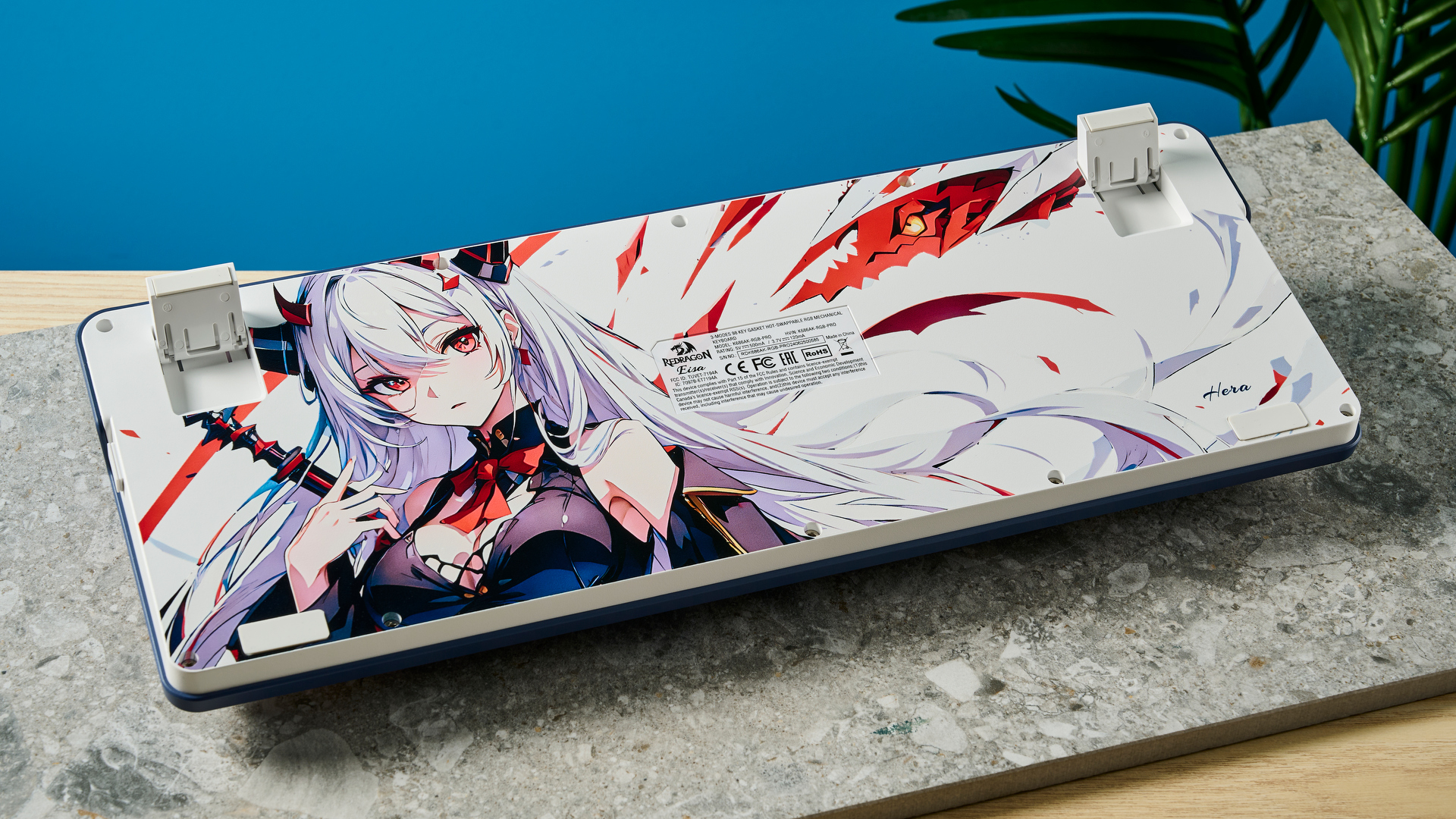
Major keys, such as Control, Alt, Enter and Backspace, are adorned by custom legends rather than the traditional OS symbols. In keeping with the medieval font on the text keys, the sword and shield icons on the delete and enter keys fit with the theming well, and I like the fantasy gemstone keys for the main OS functions. This keyboard supports both macOS and Windows via a switch on the side of the case, and the use of symbols actually helps the board be more applicable to both operating systems, as long as you can memorize the order of the unlabelled keys.
If you’re a fan of interesting looking keyboards but aren’t digging the anime aspects of the K686, you might be interested in the MelGeek CYBER01 ($149).
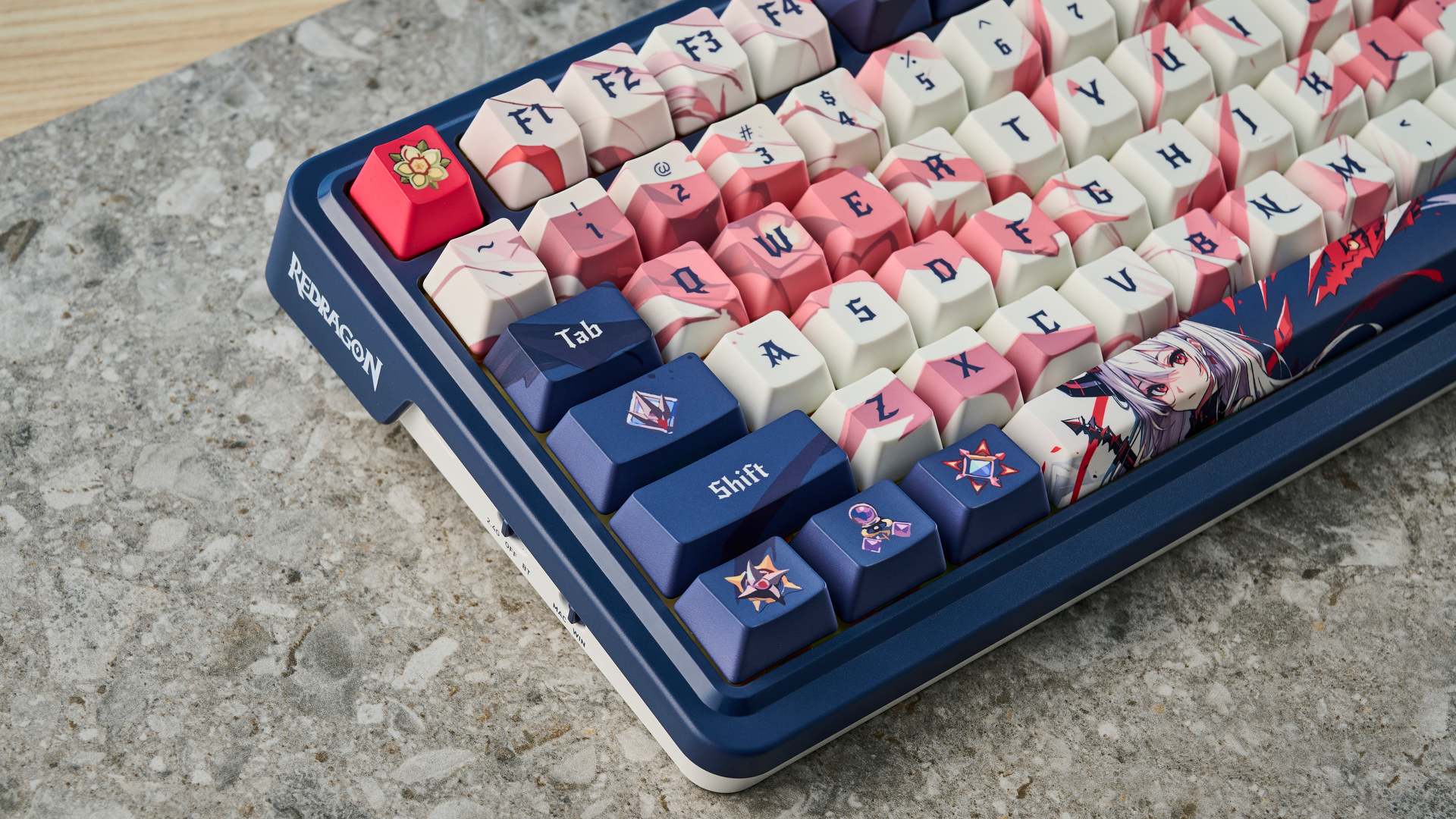
Gaming
The K686 is a fantastic mechanical keyboard for gaming, and one of the best I have used. During testing, I made the most of Redragon's custom Outemu linear switches, which all had just enough resistance to avoid accidental inputs while feeling satisfying to press, making it well suited for a variety of games. While the switches are linear, they have a very noticeable bounce back, giving an almost tactile feel, which I really like — you get the best of both worlds with the gaming performance of linear switches along with a great typing experience.
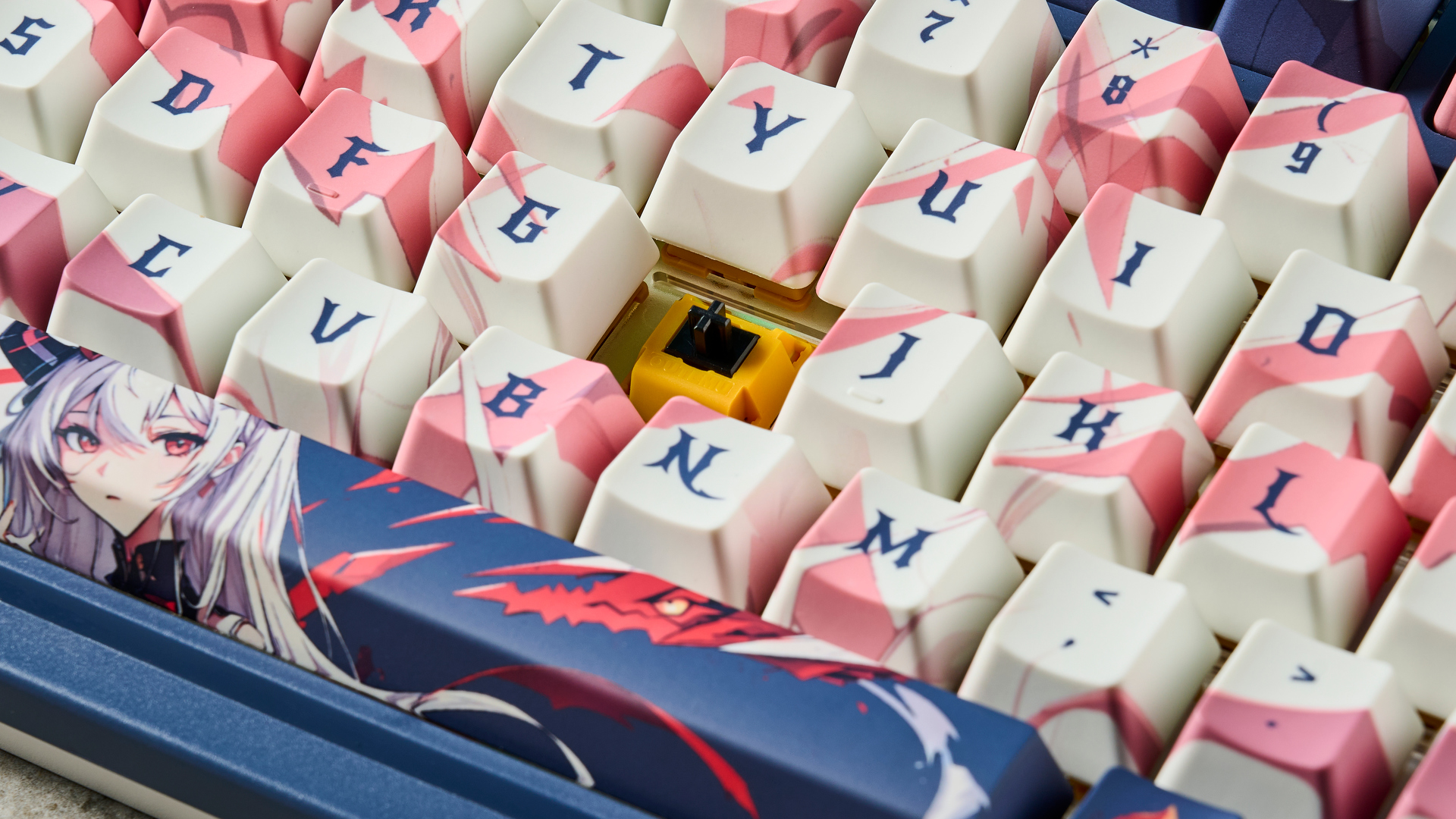
I used the keyboard both for competitive as well as more casual games, and it held up very well in both. I found that in more movement-centric games like Titanfall 2, my movements felt snappy thanks to the responsive switches, and the subtle concave shape of the keycaps meant I could always find the right keys. The keyboard also holds up in competitive settings (in games like Valorant), where I was able to use my abilities easily while being able to rapidly adjust my strafing in clutch situations.
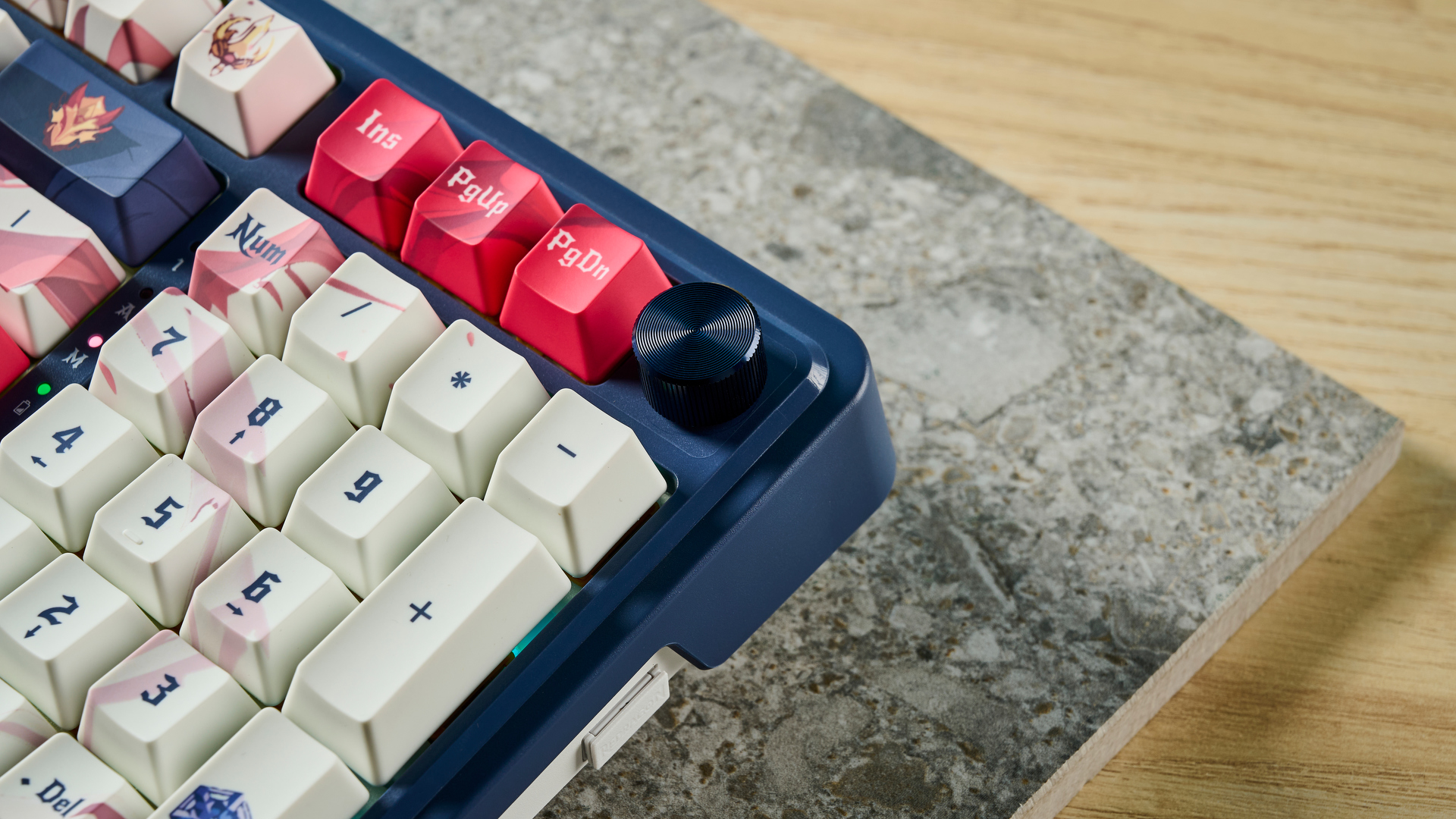
The keyboard also features a volume knob, as if there wasn’t enough value for money already. I personally love this feature as it allows me to conveniently adjust my PC volume in a pinch, preventing any interruptions while gaming.
Typing
Although predominantly a gaming keyboard, the typing experience on the K686 was very good. A combination of the gasket mounts, three layers of dampening, and the high quality PBT keycaps work wonders for the sound, with each keypress giving off a satisfying tap. Despite the dampening, it’s not the quietest keyboard in the world — but the K686 sounds good enough for this to not matter to me.
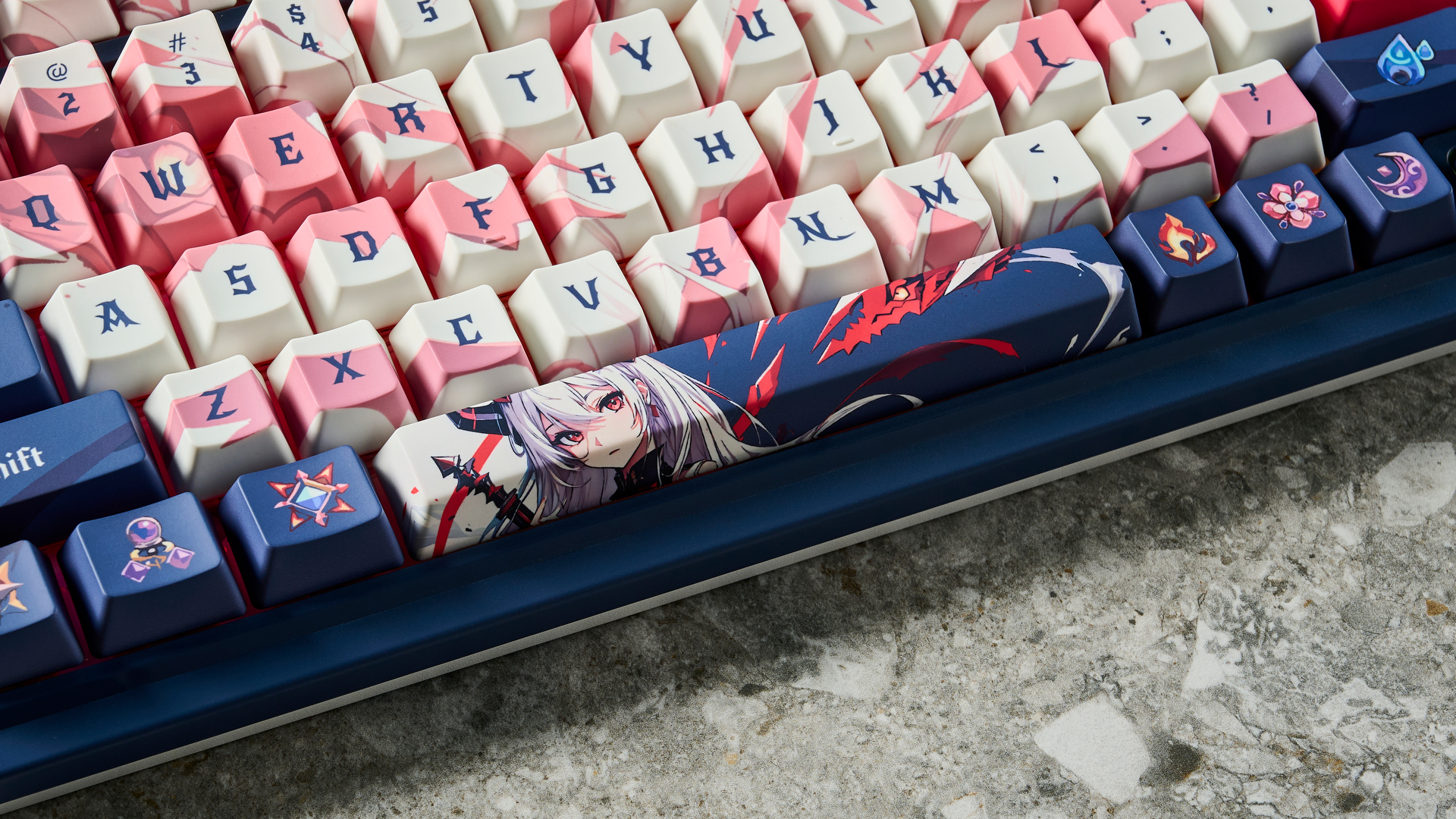
As you can see in the chart below, my accuracy and speed in type tests on 10fastfingers.com was about average with the K686. As this is a gaming keyboard, though, if typing or productivity are your main priority, you might be interested in keyboards designed to that end, such as the Keychron V6 Max ($99) or NuPhy Halo96 V2 ($139), with its beautiful keycaps scultped for maximum typing comfort.
Companion App
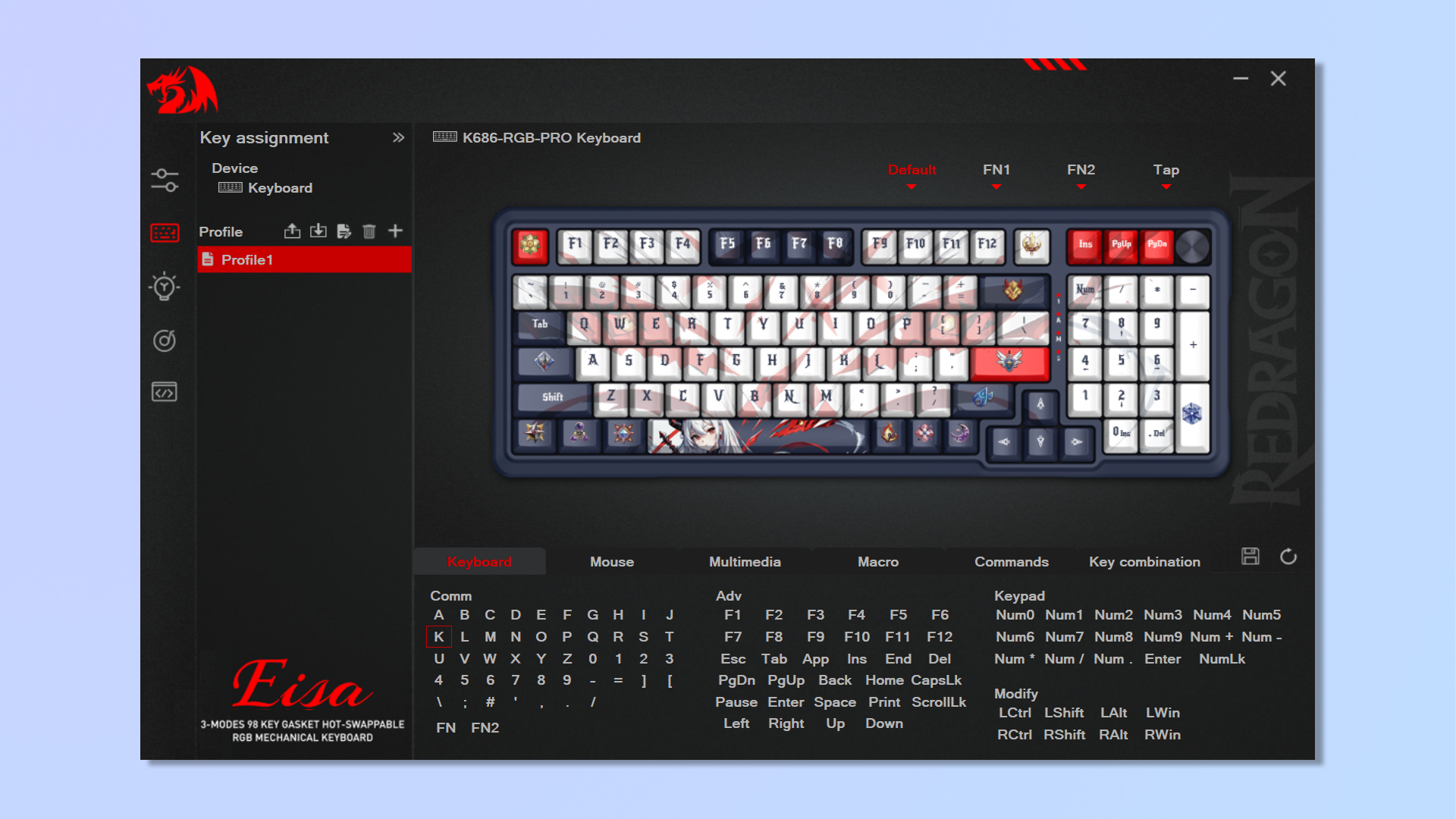
There are a bunch of features available in Redragon’s companion software that I liked, such as a wealth of music-sensitive RGB lighting options that synchronize with my computer's sound. The sine wave is particularly visually impressive, with an adjustable gain preventing the board from remaining partially un-illuminated. I also appreciate the adjustable debounce time which allows me to modify how quickly another keypress can be read after the initial one. The keys are also fully rebindable, permitting a variety of multimedia and OS functions to be assigned to any key — great for making the most of the unlabelled symbol keys at the bottom of the board.
Battery
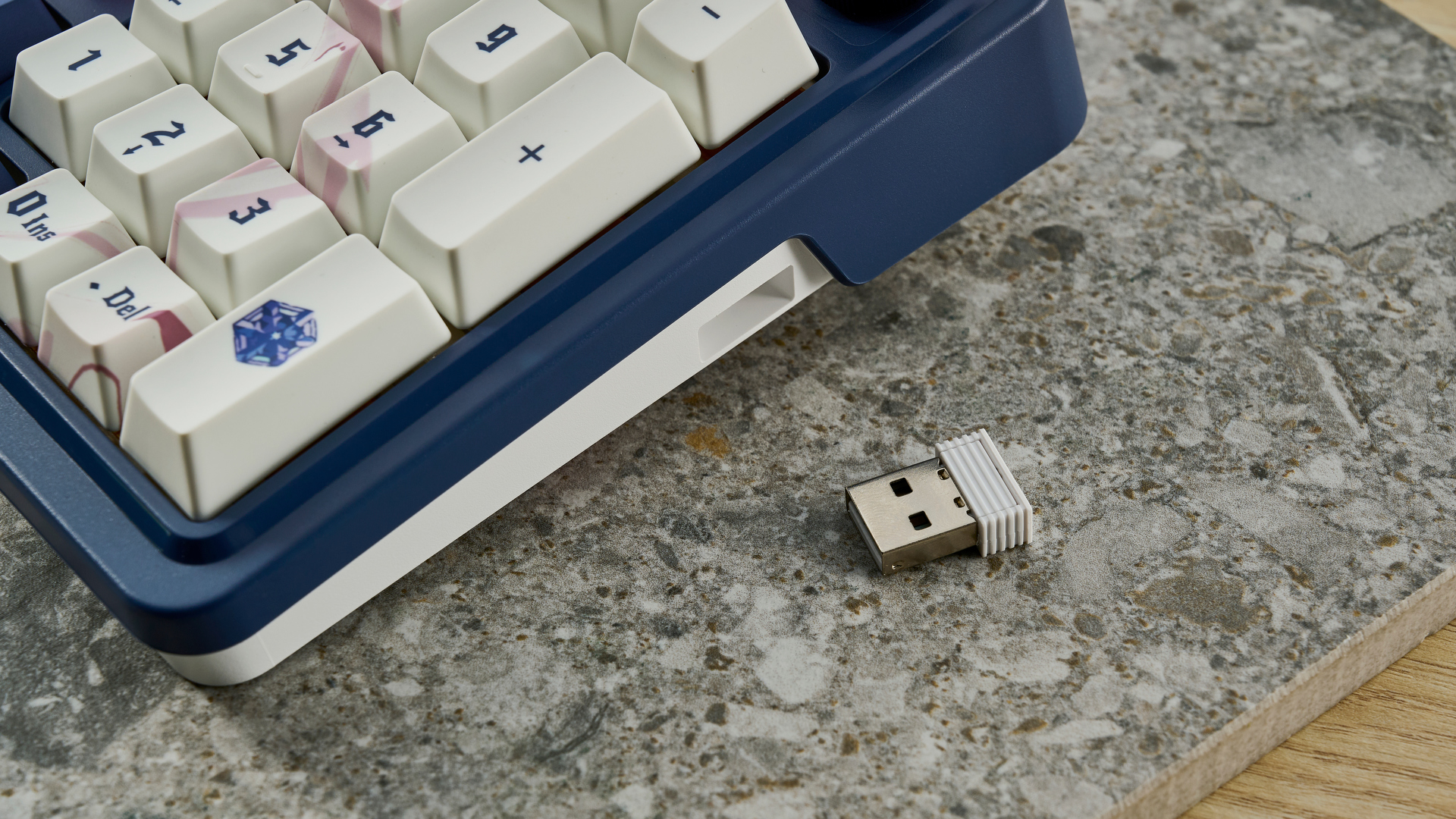
A 3,000mAh battery for a $75 mechanical keyboard is amazing to see, and the K686 does not disappoint in battery life. A day of use did not see the battery life decrease at all — which you can easily check by holding the Fn and Delete key (or more accurately, the crimson-crystal-rose and the golden sword). The battery is out-performed in capacity by the Epomaker Dynatab75 ($89), which has a capacity of 5,000mAh, but for my usage, the battery was perfectly fine with a bi-weekly recharge.
Redragon K686 Pro SE review: The downs
There isn’t much to dislike about the K686 Pro SE. A couple of concerns about the build quality were the main indicators that this is a cheap keyboard, and I also ran into some bugs with the companion app which made configuring the keyboard frustrating
Build quality
There were a few minor issues with the build quality that took away from the overall impressive visual design. The blue plastic top case is glossy and overly chunky for the size of the rest of the board — this gives the keyboard a cheap look and feel.
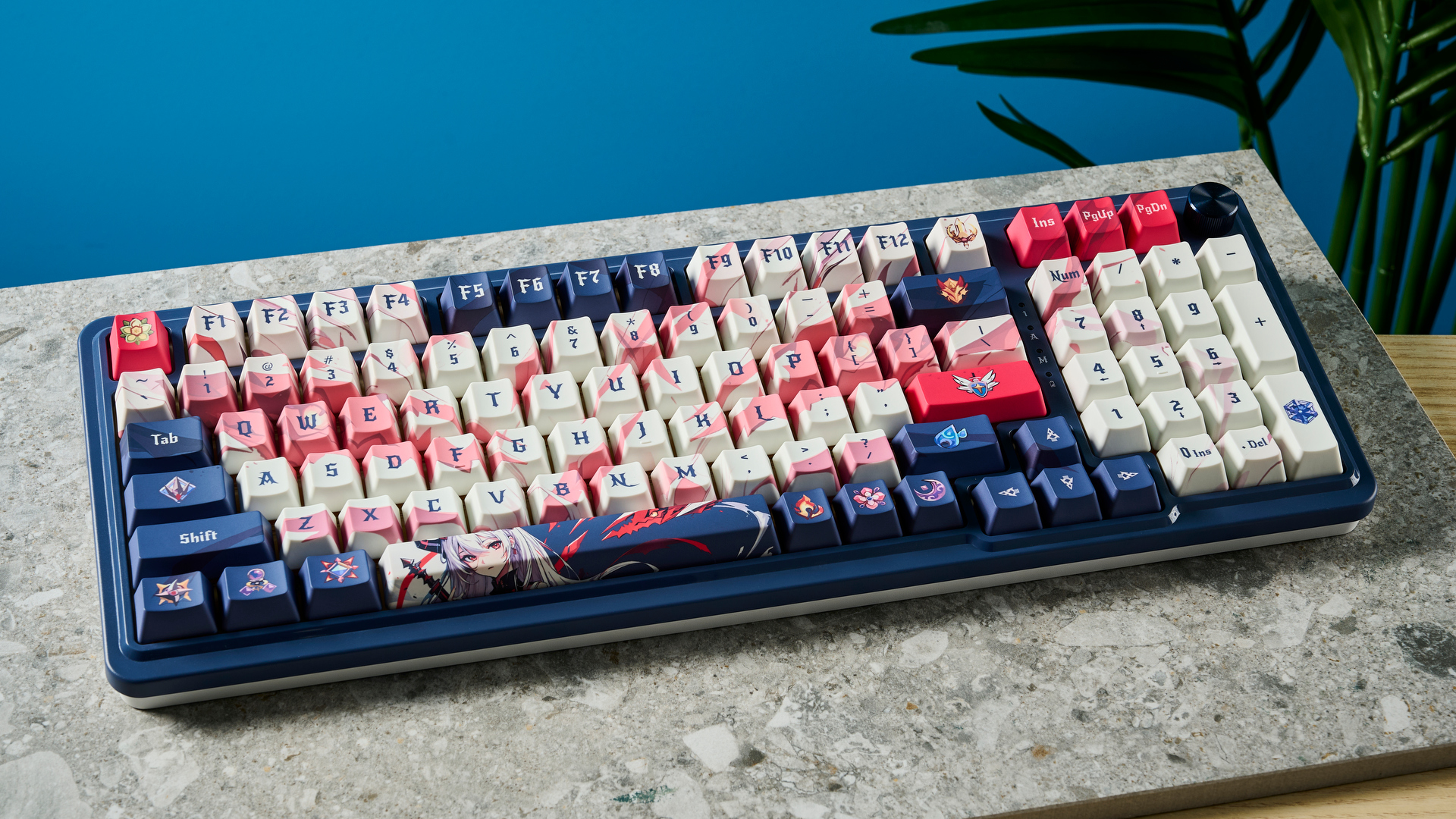
The backlighting could also be better — it's quite dim, and there's only a small gap on the custom switches for light to come through. Many of Outemu’s switches are transparent, but the solid yellow switches on the K686 obscure the lighting.
Bugs
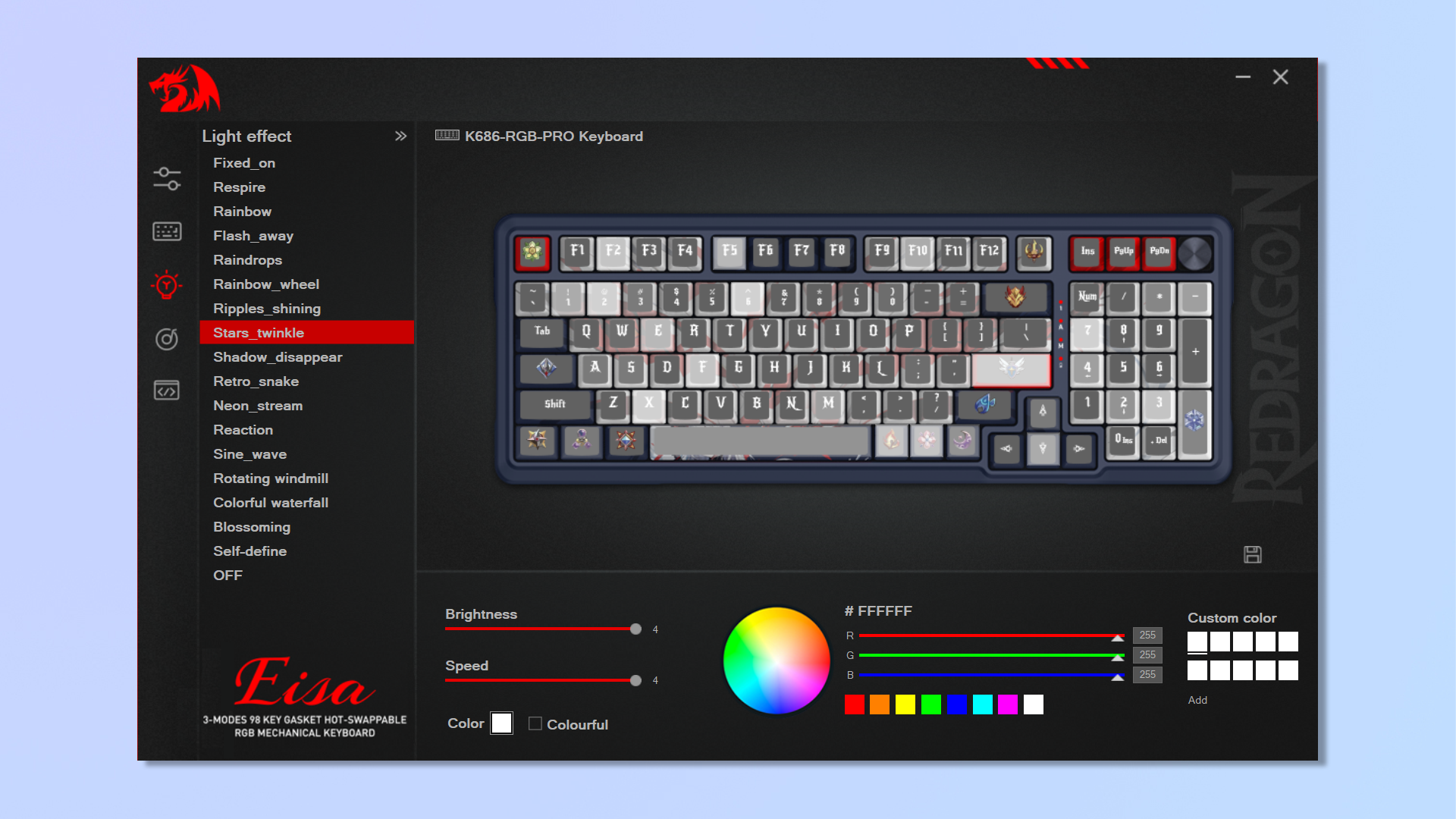
Beyond a rough visual presentation of the software, I experienced a few bugs on the companion app. This was frustrating when trying to configure my keyboard, at points completely preventing me from making changes. Saving a lighting profile would either take multiple attempts to save, or suddenly default to the default rainbow wave. It was more consistent when connecting to my computer via the USB wire. I tried this on multiple devices, with the latest firmware installed, but still experienced issues.
Format
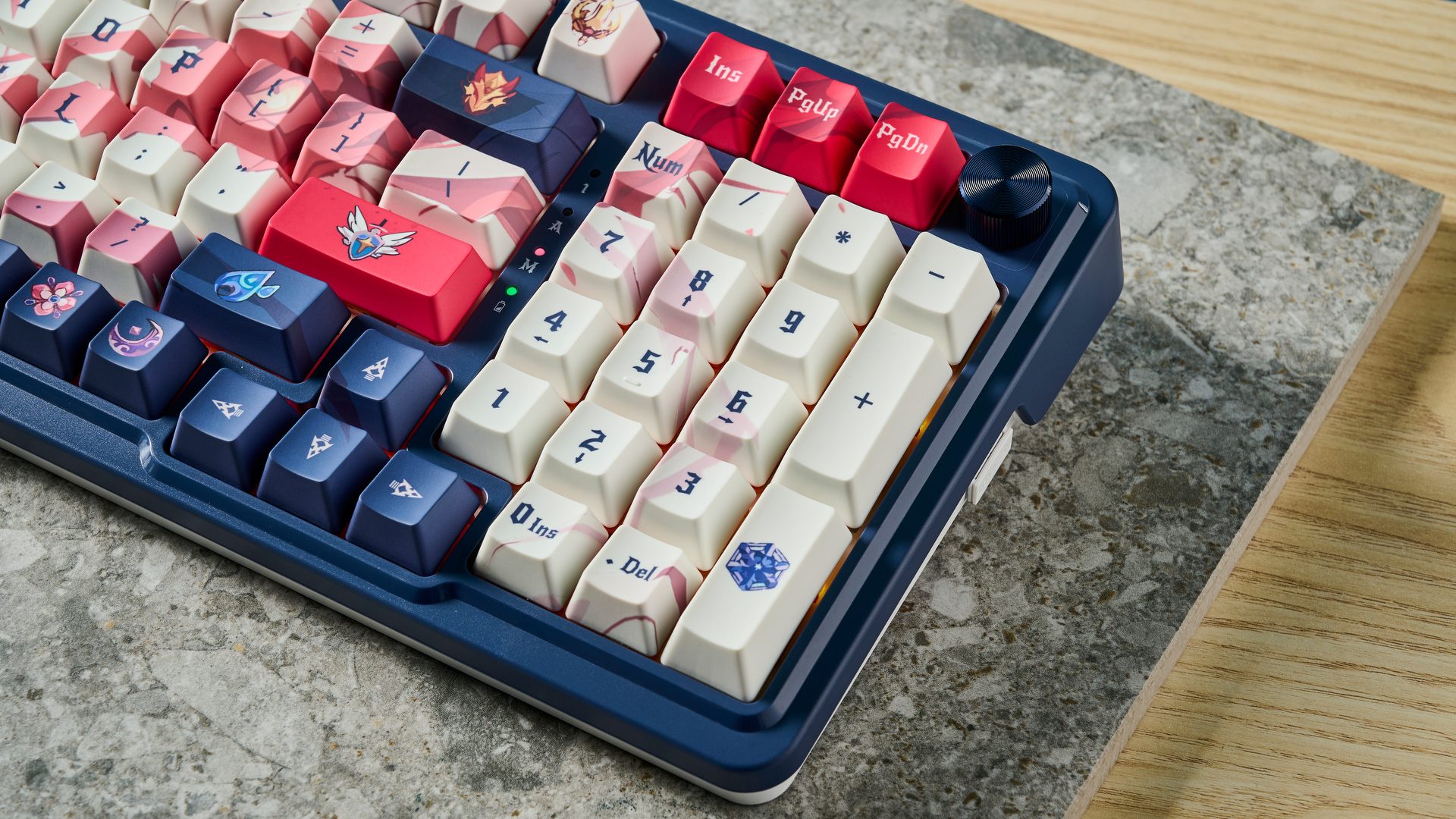
There are a couple of formatting decisions with the K686 which are not strictly cons, but should be considered on personal preference. Firstly, the arrow keys are positioned lower than the lowest row of keys — common on 96% keyboards as it allows the numpad to be moved closer inwards. This allows the board to me more compact, but in gameplay I prefer the arrow keys to align to the bottom row, as this is a more natural position for my hand. If you're the same, consider a full-size keyboard like the SteelSeries Apex Pro ($199) or a 75% layout like the Epomaker Dynatab75 ($89) or NuPhy Air75 V2 ($119).
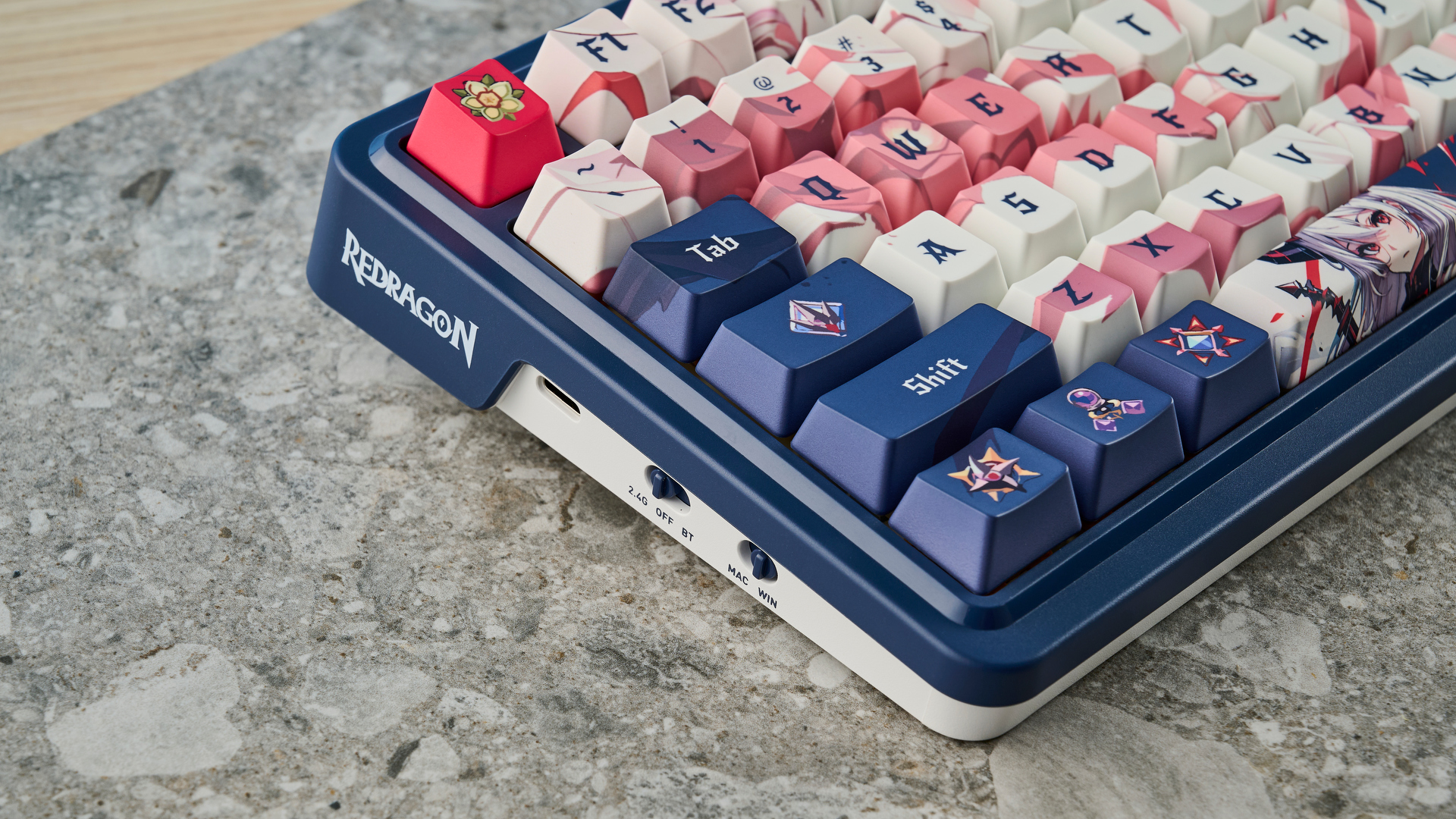
Another preference is the positioning of the USB cable for wired connections or charging. This is on the left side of the board, and the included USB-C cable is at an angle parallel to the board. While it’s not a big issue, having a cable running around the board is less ideal than simply running out of the back, and might affect you more depending on your desk setup.
Redragon K686 Pro SE review: Verdict
After spending a week testing the K686 Pro, for me this is the keyboard to beat when it comes to budget wireless mechanicals. While you can always go cheaper, such as with the Newmen GM610 ($39), the drop in quality may well be too much to bear. The K686 is very fun to use and can be easily mistaken for a keyboard nearly double its price, especially in gaming performance. It's rare to see a wireless keyboard be this cheap, and surprisingly the anime design really started to grow on me.
The K686 is a great budget option for those looking for a cheap but solid gateway to the world of wireless mechanical keyboards — there really isn’t anything that compares at this price. The closest competition is the Epomaker Dynatab75 ($89), which offers arguably superior productivity at the cost of gaming performance. Another great choice is the near-flawless Keychron V1 ($94), which offers unbeatable build quality for $20 more than the K686.
All in all, this is an incredibly impressive keyboard for less than $80, and I highly recommend getting your hands on either the SE or regular version of the Redragon K686 Pro.

Eve is a Staff Writer on the Reviews team at Tom’s Guide. Her expertise centers around computing, and she loves testing out the very best high performance peripherals to help you make the right choice. With her experience working in IT and a love for gaming, she has an eye for function and efficiency— this is reflected in the time spent building and customizing her own desktop PCs. In her downtime, Eve is always on the lookout for new tech to give her a competitive edge in the latest games, or a boost in her daily productivity.
